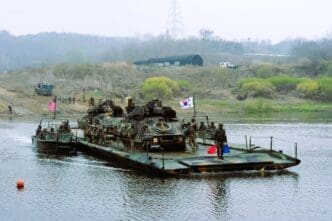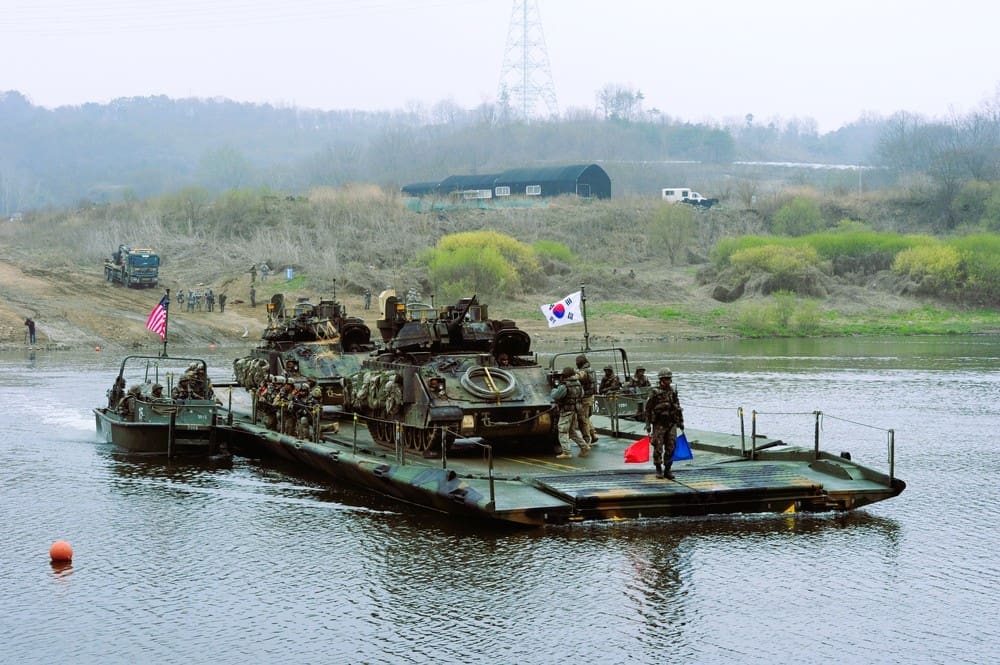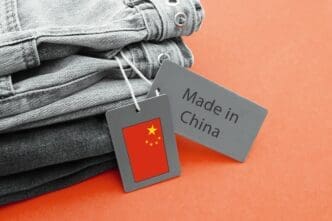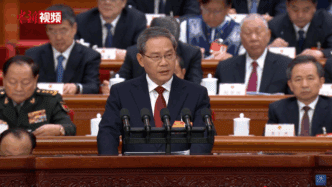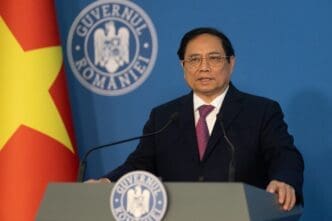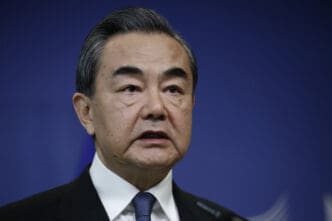In recent developments, U.S. President Donald Trump has been actively seeking a comprehensive agreement with South Korea that encompasses trade, tariffs, and defense cost-sharing, an approach he describes as “one-stop shopping.” This initiative is part of a broader strategy by the President to address trade imbalances and defense expenditures with allied nations.
South Korea, which hosts approximately 28,500 U.S. troops, known as U.S. Forces Korea, is a focal point in these negotiations. Trump has emphasized the need for South Korea to contribute more significantly to the costs associated with American military protection. This notion was highlighted in a social media post where he mentioned discussions with South Korean officials, including the need for financial contributions for defense.
Despite South Korean officials indicating that defense payments are not currently up for negotiation, the nation’s presidential candidates have shown some openness to discussing a defense cost-sharing arrangement. Analysts, however, caution that such a transactional approach might not be beneficial for the U.S., potentially affecting its image and alliances in the region.
At a recent security conference, it was noted that as trade dependencies shift, security alliances are likely to follow suit. The perception of the U.S. in Asia has evolved, with some viewing the country as moving from a liberator to a disruptor.
The President’s strategy includes the possibility of South Korea increasing its defense spending, potentially by investing in U.S. military equipment. This move is seen as a way to enhance South Korea’s military capabilities while allowing U.S. forces to focus more on broader regional threats, such as China.
South Korea’s defense spending has already seen significant increases, with allocations for defense rising by 3.1% from the previous year. However, experts warn that using military presence as leverage in trade talks could undermine U.S. credibility and alter the dynamics of long-standing alliances.
Historically, South Korea’s financial contributions towards hosting U.S. troops began in the early 1990s, reflecting its economic growth and the evolving nature of the bilateral relationship. These contributions have supported local industries and created jobs, particularly in construction and logistics.
Most recently, South Korea agreed to an 8.3% increase in its financial contribution to hosting U.S. troops, starting in 2026. Nonetheless, Trump’s current approach of linking trade and defense agreements could complicate existing agreements, potentially affecting negotiations set by the previous administration for the period through 2030.

